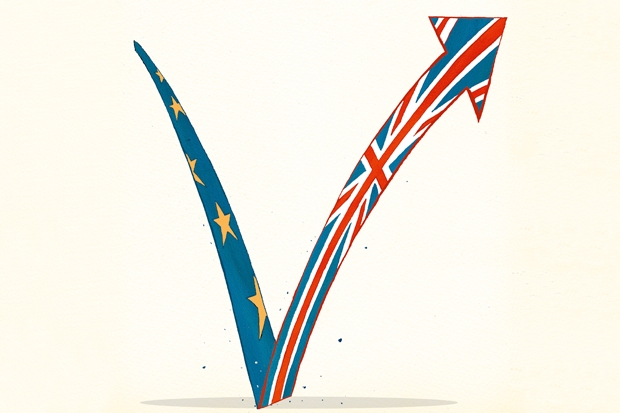Another week, and more good economic news which has not been awarded the attention it deserves. The Office for National Statistics (ONS) has released economic growth figures for December, which show a much stronger-than-expected economy. Construction output in December was up 1.8 per cent on November, and 0.6 per cent up on December 2015. Manufacturing output in December was up 2.1 per cent on November and 4.0 per cent up on December 2015.
There is encouragement in the export figures, too – which show just how strong a shot in the arm has been provided by the lower pound. In December British firms exported £31.4 billion worth of goods and services, 8.4 per cent up on November and 16 per cent higher than in December 2015. The bad news is that the fall in sterling has not helped to dampen our appetite for imports and so narrow the trade gap. Imports, at £37.9 billion, were 11 per cent down on November but a whopping 22 per cent up on December 2015. That worsens a gruesome run of trade deficit figures, but that has been an ongoing story for some years, since long before the Brexit vote. It is far from clear how it can be resolved.
All in all, though, the economic figures are drifting ever further from the predictions of gloom put out before last June’s referendum. When recession failed to arrive immediately, some argued there would be a delayed reaction and that economic growth would shrink in 2017. There is no sign of that at all, which the Bank of England now accepts: it recently upgraded its forecast of economic growth in 2017 from 1.4 per cent to 2.0 per cent.
What we haven’t had yet, and won’t have until 22 February, is the ONS’s growth figures for the services sector. But they won’t have to struggle hard to beat the ONS prediction – which is of 0 per cent month-on-month growth in December. Any higher than that and there will be a significant upwards adjustment to the growth figures for 2016 as a whole.
It makes it all the more puzzling why the Bank of England has not already moved to raise interest rates – or at least to reverse the emergency cut it made last August in the wake of the Brexit vote. According to one source low base rates are contributing to the loosest economic conditions since at least 2000. The Scotiabank LILI index – which stands for Leading Indicator of Leading Indicators – takes into account such things as share prices, exchange rates, bond yields, base rates, money supply and house prices. It now stands at plus 2 – breaking through the peak it reached at the end of 2010, and higher than it has been all century. If it is any guide – which we will see in due course – it points to robust, above-average growth in the year ahead.
Hopefully there will be room for at least some of this good news on the Today programme tomorrow – in contrast to yet two more stories of predicted gloom, on banking and medicine approval, which it carried this morning.







Comments